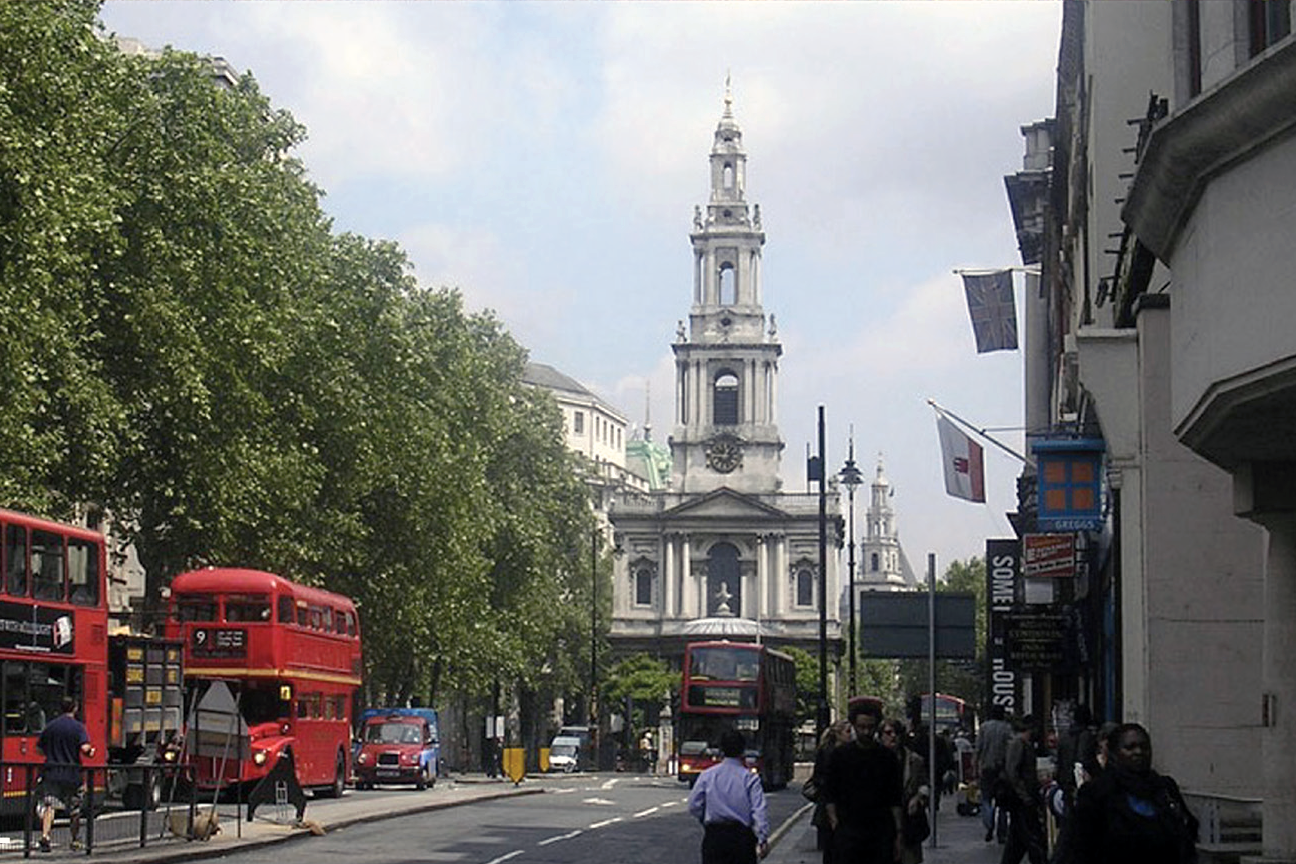The ebb and flow of the Strand
Posted in Strands and tagged with homeless people, homelessness, rivers
Submitted by David Green
The Strand means the same in English as it does in various other languages – Dutch, Swedish, Norwegian, German – even Old Norse and Old English. It’s a place where land and water meet; where things run aground, where things are ‘stranded’ – left when the waters recede. This is true in two senses of the word. Before the Thames embankment was built in the middle of the nineteenth century, the river lapped up towards where the Strand is today. The streets that run up, literally, from the river climb steeply as they approach the Strand, marking the edge of the former river bank. The steps that link some of these streets to the Strand are a reminder of the places where Thames boatmen used to wait to ferry passengers across the river. Buildings that predate the construction of the Embankment, such as Somerset House and King’s College, still preserve their former river entrances where boats could once enter. But the Strand also has a second meaning. When the workers depart and as night begins to fall, the Strand becomes home to the homeless, who have been coming there for decades if not centuries to sleep in doorways or take shelter beneath the arches that used to straddle the river but which have since been demolished or hidden beneath new buildings.

Under the arches, from Gustave Dore and Blanchard Jerrold, London: a pilgrimage (1872); reproduced from the Dover edition (1970)
As the tide of workers leave, so a new tide of homeless appears – sharing the same space but at a different time. And when the workers return in the morning, those who have sheltered for the night in doorways along the Strand, start to drift off. This ebb and flow of people is an echo of the original meaning of the word ‘Strand’ – a place where water meets the land and things run aground.

